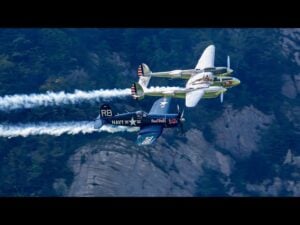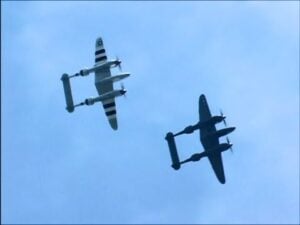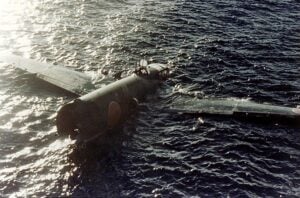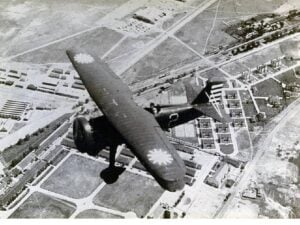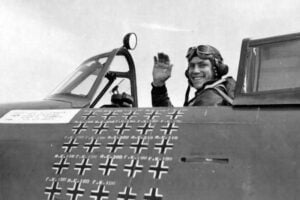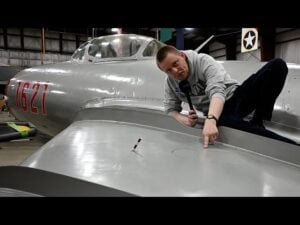Watch Rare Footage Allied and Axis Dogfights Over Burma and Europe in WWII
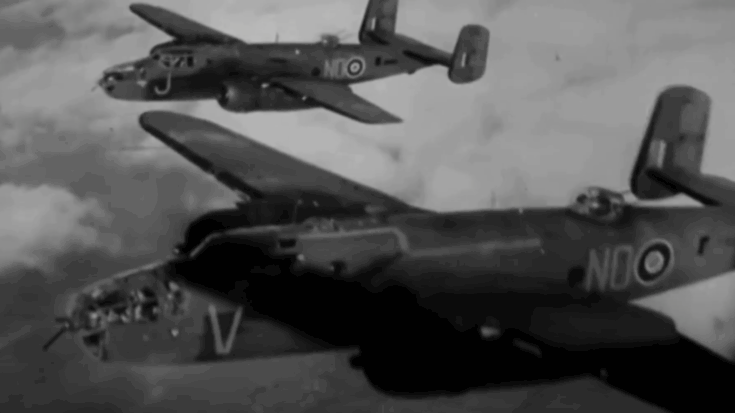
Vietnam Vet Dr. Mike Copper / YouTube
During World War II, the skies were filled with relentless combat missions, daring bomber raids, and life-saving resupply flights. Rare footage from the era captures the intensity of air warfare as Allied aircraft struck targets across Europe and Asia, while pilots risked their lives far from home. These moments reveal not only the power of the aircraft but also the courage and precision of those who flew them.
Air Raids Over Burma and Europe
In Burma, American B-24 bombers launched a massive 10-day aerial offensive aimed at crippling transport routes. Their target during one operation was the railway depot and wharves of Rangoon, where supplies moved to Japanese-held areas. The missions were met with fierce interception, as enemy fighters rose to defend the skies. Despite the danger, the raids continued under heavy anti-aircraft fire and tropical storms that made navigation nearly impossible.
Across Europe, the air war raged with equal ferocity. Free French pilots flying Boston bombers from England carried out low-level attacks over northern France, striking factories and industrial sites that powered the German war machine. Dutch squadrons flying B-25 Mitchells joined in, targeting harbors and coastal defenses. In the night skies, Canadian Halifax and RAF Lancaster bombers formed vast formations to strike deep into the Rhineland, focusing on industrial towns east of Cologne where chemicals and tools were produced.
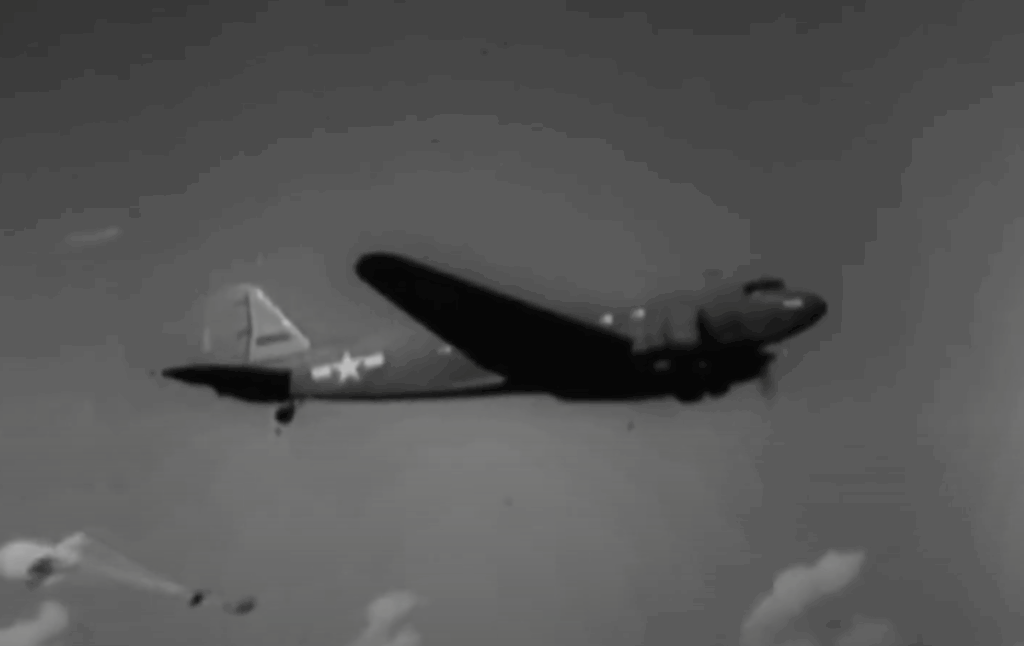
Supply Drops Over the Burma Jungle
While bombers hit targets, another type of mission unfolded over the jungles of Burma. At Denzan Airfield, C-47 transports from the Second Troop Carrier Squadron prepared for regular food and supply drops. These flights sustained troops, weather stations, and engineers isolated deep within the dense jungle where no road could reach. Pilots flew as low as 100 feet above treetops, dropping grain, medicine, and equipment with precision.
Each run required perfect coordination — a single mistake could mean lost supplies or damaged parachutes. Planes communicated with bases using colored panels and flares to confirm drop zones, ensuring supplies didn’t fall into enemy hands. Some missions required as many as 25 passes before completing delivery, and even under enemy fire, the crews pressed on.
When the last drop was made, the C-47s turned back toward base, their work unheralded but essential. These flights, filmed by the U.S. Army Air Forces’ Combat Film Unit, remain a quiet record of the men who kept the front lines alive from the skies.
Keep going for the video below:














